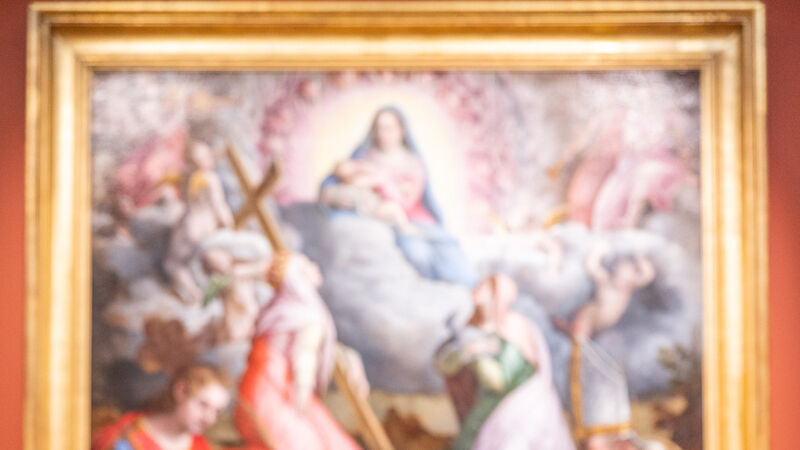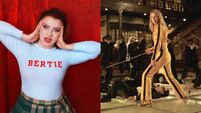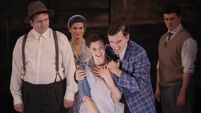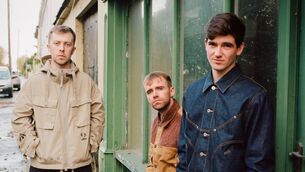Lavinia Fontana was ‘a great woman painter on a par with the great men of her age’

Dr Aoife Brady, Curator, National Gallery of Ireland in front of ‘Consecration to the Virgin’, 1599 at the launch of the landmark exhibition celebrating works of first professional woman artist Lavinia Fontana in The National Gallery of Ireland.
The title of the new exhibition at the National Gallery of Ireland — Lavinia Fontana: Trailblazer, Rule Breaker — says much about its subject, a painter from Bologna, Italy who is remembered as the first female commercial artist in the western world.
“A trailblazer and rule breaker? That is certainly my opinion of Lavinia Fontana,” says Dr Aoife Brady, the NGI’s Curator of Italian and Spanish Art.




